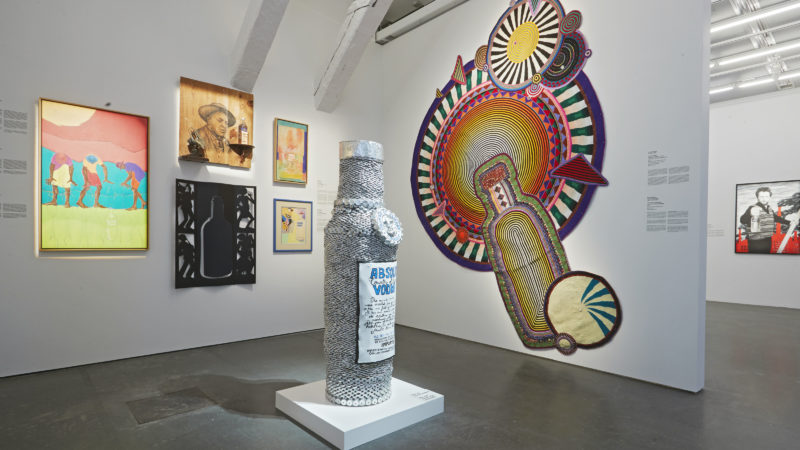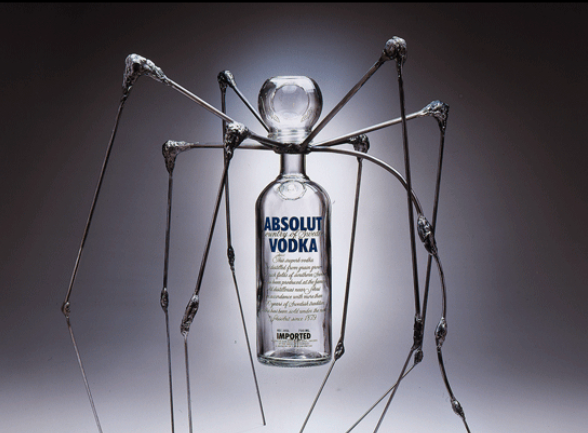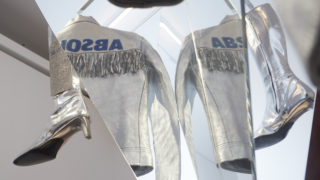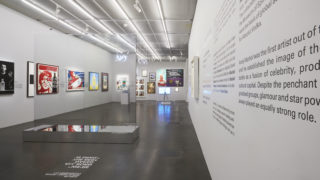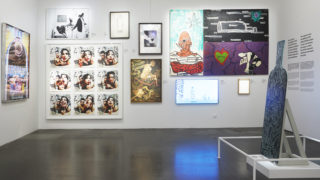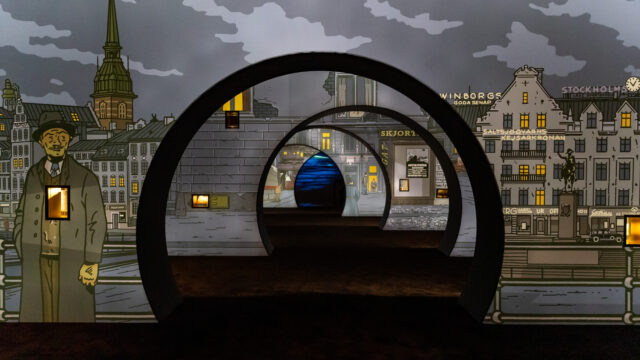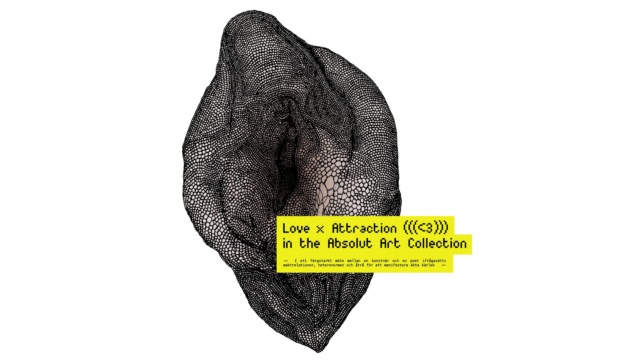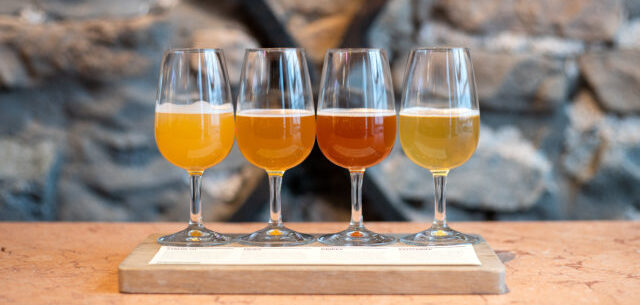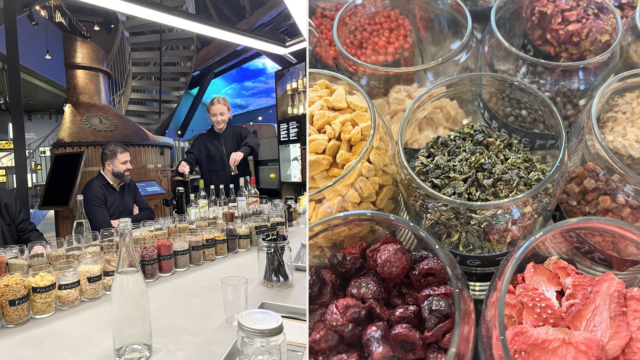In a world free of prejudice, there are no labels. A utopia, perhaps. But also a marketing strategy. Through
cooperation with artists, fashion designers and musicians, Absolut Vodka has used diversity as a way of selling
vodka.
Absolut Vodka was advertising in magazines with a gay profile by 1981, long before other commercial enterprises jumped on the diversity bandwagon. An LGBT-friendly approach has been a constant throughout the company’s history.
No Label shows how the iconic – and empty – bottle shape has been filled with meaning to fit the target demographic and communicate the desired message. Local artists and AIDS activists for Absolut Statehood, the collapsing Soviet Union and the end of the Cold War for Absolut Glasnost, African-American artists for Absolut Heritage and Absolut Expressions, and underground musicians for Absolut Tracks.
After the fact, it may well look like nothing more than a cynical strategy, a way of reaching well-heeled groups engaged in breaking down barriers and shattering glass ceilings. And yet it involved taking a stand that wasn’t obviously required in order to keep selling vodka.
No Label is based on the Absolut Art Collection, which includes 850 works by 550 artists. The collection has been owned and curated by the Museum of Spirits since 2008. The artworks were the basis of global advertising campaigns for Absolut Vodka.
Andy Warhol was the first artist out of the gate, and he established the image of the vodka bottle as a fusion of celebrity, product and cultural capital. Despite the penchant for marginalised groups, glamour and star power have always played an equally strong role.
